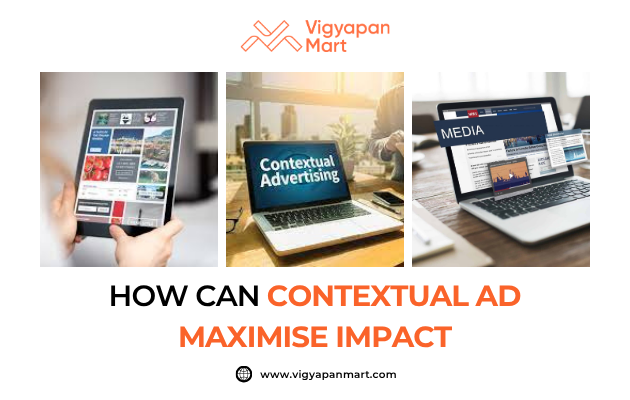How Can Bringing More Daylight with Contextual Advertising Help Businesses to Maximize Reach?

In an era where digital advertising is constantly evolving, contextual advertising has emerged as a powerful tool for businesses to maximize their reach and engagement. By aligning ads with the content users are consuming, this strategy ensures relevance, enhances user experience, and drives better results. Let’s explore how contextual advertising can help businesses shine brighter in the competitive landscape.
What is Contextual Advertising?
Contextual advertising involves displaying ads that are relevant to the content of a webpage or the user’s current browsing activity. For instance, an ad for hiking gear on a travel blog about mountain adventures is an example of contextual targeting. Unlike behavioral advertising, which relies on tracking user data over time, contextual ads focus solely on the immediate context, making them privacy-friendly and less intrusive.
Why Contextual Advertising Matters
Contextual advertising is gaining traction for several reasons:
- Relevance: Ads are tailored to the content users are engaging with, increasing their likelihood of capturing attention.
- Privacy Compliance: It doesn’t rely on cookies or personal data, aligning with regulations like GDPR and CCPA.
- Cost-Effectiveness: Businesses only pay for clicks or engagement, making it budget-friendly compared to broader campaigns.
- Higher Engagement Rates: Contextually relevant ads generate 43% more neural engagement and are 2.2x more memorable than non-contextual ads.
Benefits of Contextual Advertising
Here’s how contextual advertising can help businesses maximize reach:
1. Enhanced User Experience
By showing ads that align with users’ interests at the moment, contextual advertising creates a seamless experience. Users are more likely to engage with ads that feel relevant to their current activity rather than random promotions.
2. Increased Click-Through Rates (CTR)
Contextually targeted ads often achieve higher CTRs because they resonate with users’ immediate needs and interests. For example, an ad for a recipe book on a cooking blog is more likely to be clicked than generic ads unrelated to cooking.
3. Privacy-Friendly Advertising
With third-party cookies being phased out, contextual advertising provides a solution that respects user privacy while still delivering targeted messages. This builds trust among consumers who increasingly value data security.
4. Cost Efficiency
Businesses can optimize their spending by targeting specific audiences based on context rather than broad demographics. This ensures that ad budgets are spent effectively without wasting resources on uninterested viewers.
5. Brand Safety and Affinity
Contextual targeting ensures ads appear in relevant and safe environments, enhancing brand reputation. For instance, placing ads for eco-friendly products on sustainability blogs reinforces brand values and builds affinity with conscious consumers.
The Role of AI in Contextual Advertising
Artificial intelligence (AI) plays a crucial role in contextual advertising by analyzing webpage content, keywords, and user behavior in real-time:
- AI-powered systems scan web pages to identify themes and keywords.
- Ads are dynamically tailored to match the context of the page.
- This precision targeting allows businesses to reach niche audiences effectively.
Comparison: Contextual vs Behavioral Advertising
Example of a Successful Contextual Advertising
1. McDonald’s Sundial Billboard
The famous Mcdonad’s billboard used a sundial to present the current menu available in the restaurant. Isn’t that amazing?
How Businesses Can Leverage Contextual Advertising?
To maximize reach using contextual advertising:
- Define Target Keywords: Identify themes or keywords relevant to your product or service.
- Choose Appropriate Platforms: Use networks like Google Display Network for precise targeting.
- Optimize Ad Content: Ensure your ad copy aligns with the context of the webpages you target.
- Monitor Performance: Regularly analyze metrics like CTR and conversions to refine your strategy.
Future Outlook of Contextual Advertising
With global spending on contextual advertising projected to grow by 13.8% annually between 2022 and 2030, this strategy is set to become even more important in a cookieless world. As privacy regulations tighten and consumer preferences shift towards transparency, businesses that embrace contextual advertising will gain a competitive edge.
Conclusion
Bringing more daylight into your marketing efforts through contextual advertising is not just about maximizing reach—it’s about creating meaningful connections with your audience. By focusing on relevance, respecting privacy, and leveraging AI-driven insights, businesses can illuminate their path to success while fostering trust among consumers. Want to know more about contextual advertising? Connect with Vigyapan Mart today.







